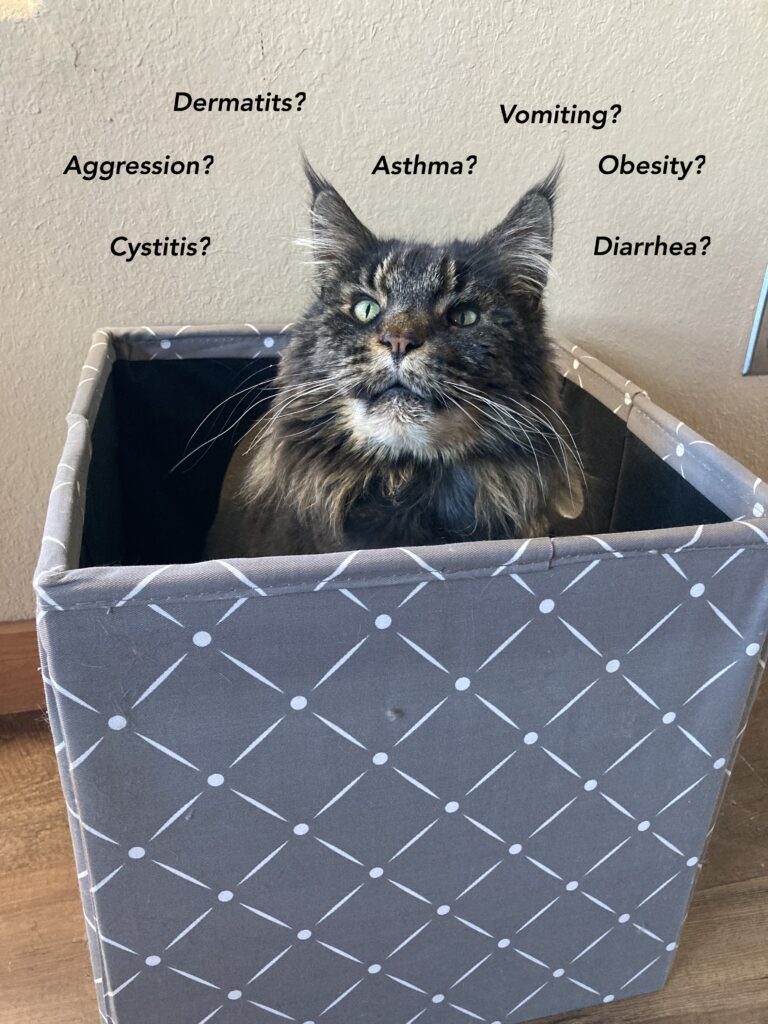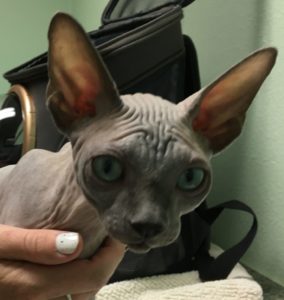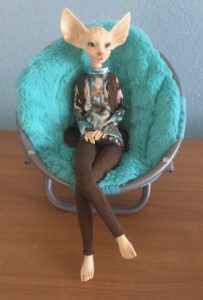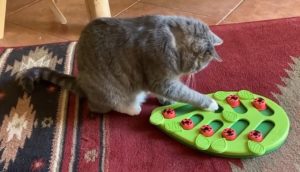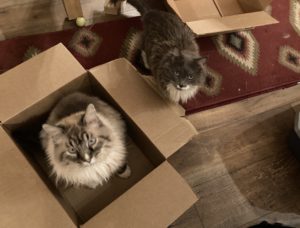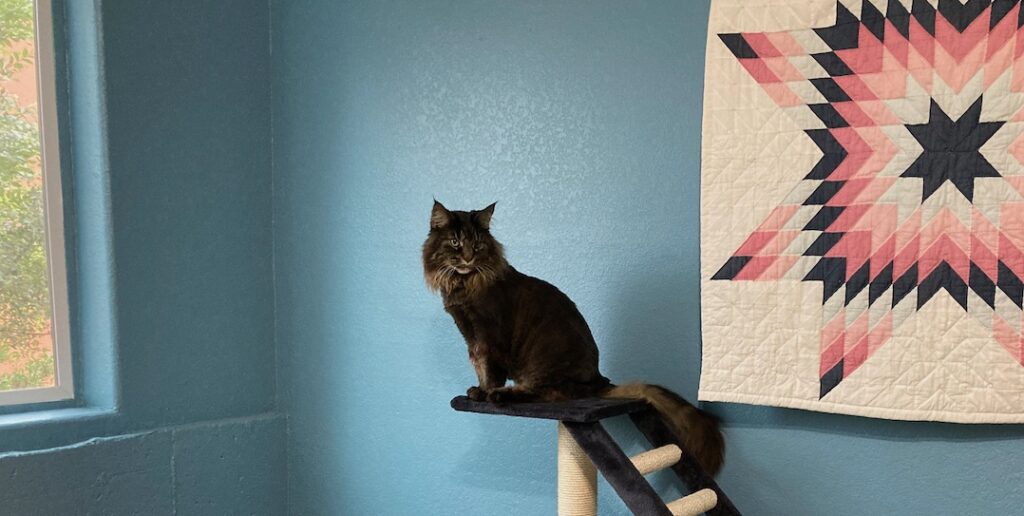
Pandora Syndrome refers to cats suffering from multiple medical ailments that do not resolve with appropriate medical treatment. Instead, the symptoms are chronic, waxing and waning in response to environmental stressors. These cats also share a history of traumatic experiences and exhibit an abnormal stress response, partly due to epigenetic changes resulting from the stressful events in their lives (Reference 1).
Pandora syndrome is an “anxiopathy” – a condition resulting from chronic activation of the central stress response system (Reference 1).
Treating Pandora syndrome in cats: the environment
Careful modification of the Pandora cat’s environment (in additional to medical therapies) can reduce the severity and frequency of the cat’s symptoms (Reference 1). One of the first studies to demonstrate the efficacy of MEMO (Multimodal Environmental Modification) studied the response of 46 cats with Lower Urinary Tract Symptoms (LUTS) to MEMO. Cat owners were asked to reduce environmental and social stressors using the following suggestions (Reference 2):
- avoid punishing the cat
- change to canned food
- change to unscented, clumping litter
- improve litter box management
- provide climbing structures, viewing and resting perches
- provide audio/visual stimulation when the owner was gone
- increase interaction with the cat
- identify and resolve conflict in multi-cat homes
The most commonly followed MEMO suggestions were:
- increasing the amount of time interacting with the cat
- changing to a canned diet
- adding another litter box
During the 10 months of follow-up, no signs of LUTS were observed in 70-75% of the cats. Owners also reported reduction in fearfulness, nervousness, respiratory signs, aggressiveness, and lower intestinal tract signs (Reference 2).
 Treating Pandora Syndrome in cats: MEMO
Treating Pandora Syndrome in cats: MEMO
Environmental modification for the Pandora cat needs to:
- increase the security of the environment
- allow the cat to feel in control of his environment
Treating Pandora syndrome in cats: choosing the memo that suits the cat
The basic blueprint for cats’ environmental needs can be found at https://catfriendly.com/cat-friendly-homes/what-your-cat-needs-to-feel-secure/. Treating Pandora syndrome in cats will be most successful when MEMO is tailored to the individual cat. Here is some additional information to consider once the basic environmental needs are satisfied.
The Fearful, Nervous Cat that Prefers to Stay Alone
For these cats, MEMO will focus on providing safe places and positive, predictable interactions with humans.
- make plenty of hiding places available – these can be the top shelves of closets or boxes in the bottom of closets
- increase the number of “vantage points” through the use of shelves, perches and cat trees (Reference 3)
- increase the security of the floor space: minimize wide open spaces by positioning furniture to create places where cats can rest and hide (Reference 3)
- use baby gates to limit the access of potential stressors such as dogs or small children to the cat’s area (Reference 3)
- allow the cat to choose to interact with humans (https://www.felinepurrspective.com/touch-not-the-cat-interacting-with-cats/)
Treating Pandora Syndrome in Cats in the Multi-cat home
In a multi-cat house, Pandora cats may show aggression or become ill when threatened. Successful MEMO requires identifying the social groups of cats in the house and ensuring that plenty of resources are spread throughout the house. Be prepared to intercept aggression when necessary (https://www.felinepurrspective.com/managing-aggression-in-the-multi-cat-home/) – keep the peace!
Separation Anxiety
Some Pandora cats were orphans or abandoned. These cats may exhibit some separation anxiety due to a strong attachment to the owner. For example, some of these cats follow the owners around like a dog (Reference 1). MEMO can be adapted for these cats.
- Encourage Kitty to spend “alone time” in an enriched room or space (don’t force – maybe coax her into the room with some treats). Enrichment can be elevated perches near windows, a play tunnel with toys in it, food puzzles with snacks. Cats have a great sense of hearing and many like music – choose music designed for cats when you are not there.
- Establish a routine – help your cat to have control of his environment by knowing what is going happen and when it will happen (https://www.felinepurrspective.com/routines-help-cats-reduce-stress-and-anxiety/).
Many cats cope with environments that are not optimal. However, Pandora cats have suffered traumatic events in their lives resulting in epigenetic changes. These cats exhibit an abnormal response to environmental stress. Consequently, they do not cope as well as other cats with changes in their environment and develop chronic illnesses. MEMO allows these cats to feel safer and more in control of their environments, reducing their stress, and, in turn, reducing the frequency and severity of their symptoms.
references
- C.A. Buffington DVM, PhD, DACVN. Pandora Syndrome in Cats: Diagnosis and Treatment; Today’s Veterinary Practice. August 10, 2018, Issue: September/October 2018. viewed on 1/06/24 https://todaysveterinarypractice.com/urology-renal-medicine/pandora-syndrome-in-cats/
- Buffington CAT, Westropp JL, Chew DJ, Bolus RR. Clinical evaluation of multimodal environmental modification (MEMO) in the management of cats with idiopathic cystitis. Journal of Feline Medicine and Surgery. 2006;8(4):261-268. doi:10.1016/j.jfms.2006.02.002
- Ellis SL. Environmental Enrichment: Practical Strategies for Improving Feline Welfare. Journal of Feline Medicine and Surgery. 2009;11(11):901-912. doi:10.1016/j.jfms.2009.09.011

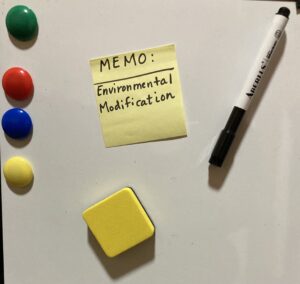 Treating Pandora Syndrome in cats: MEMO
Treating Pandora Syndrome in cats: MEMO